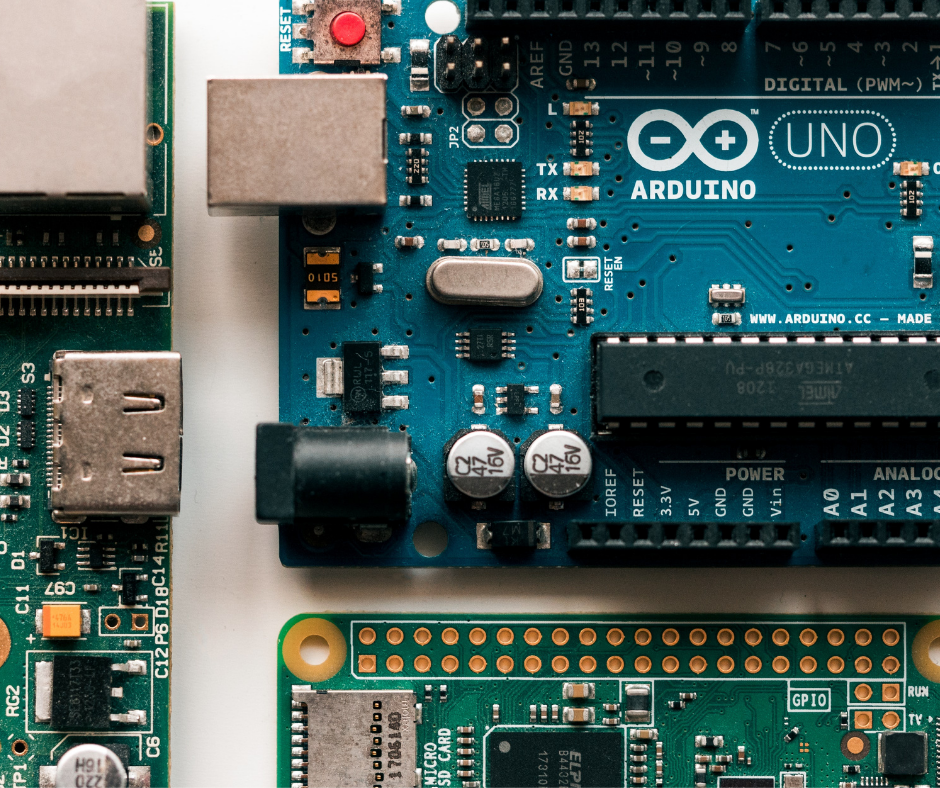Ever since the invention of electricity, humanity could not do without it. It has improved all the way to the electrical circuit breaker. It is an indispensable element in the daily life of each of us. All the devices that we use and without which we cannot live for a day cannot function without electricity. In order to provide comfort and convenience for every person, power plants and electrical power supplies were invented. They can power entire homes, businesses, neighborhoods, and cities. However, all these systems are very dangerous. In the event of a malfunction, can leave many residents without power or even lead to casualties. For the safer functioning of such infrastructures, circuit breakers were invented.
Electrical circuit breakers are devices designed to turn on or off an electrical circuit, protect cables, wires, and other electrical devices from overload currents and short-circuit currents.
Circuit Breaker & How It Works

The major functions it performs:
- Circuit switching. This allows you to turn on and off a certain section of the circuit.
- Provides current overload protection. This is possible by turning off the protected circuit when a current flows in it that exceeds the allowable.
- Disconnects the protected circuit from the supply network when large short-circuit currents occur in it.
There are also design features, depending on which the division of circuit breakers occurs:
- Automatic switches in the molded case have a design for a wide range of operating currents up to 1000 amperes.
- We use air circuit breakers in the industrial sector and operate with high currents of several thousand amperes.
- Modular circuit breakers are the most famous and widespread because they’re essential in everyday life in ordinary houses and apartments.
How the circuit breaker works:
Such a switch externally represents housing and a control lever, which is made of low flammability plastic. Also, if you look closely, you can see the terminals required to connect the cable or wire. Inside, the circuit of such a device is a little more complicated. It includes elements such as:
- Power contacts. One of them is movable, and the other is immobile. These contacts directly provide switching.
- A coil, which is otherwise called an electromagnet, and a movable core that acts as a pusher. These components provide protection against currents, they are an electromagnetic release. When a short circuit occurs, the current in the circuit increases quickly. As a result, a magnetic flux appears in the coil winding. Under its action, the core moves, and, overcoming the force of the spring. It acts on the mechanism and turns off the machine.
- Arcing chamber. It performs the function of quickly extinguishing the arc charge that occurs when the contacts open.
- Arming and disengaging mechanism, which is connected by a control lever.
- Thermal release gets heat from a current passing through the bimetallic plate. If the current exceeds the set value, the plate will bend and actuate the release mechanism. Thus, the circuit breaker will disconnect from the protected circuit.
- Adjusting screw. With the help of this element, which adjusts the current value, the thermal release will operate.
The principle of operation depends on the mode in which it will operate.
Normal mode:
- In this mode, a current less than or equal to the required value flows through the device. They supply it through the power wire, which is connected to the upper terminal. After that, the current moves to the fixed contact. Through it, it passes to a moving contact, and through the conductor, it enters the coil, and then onto the bimetallic plate of the thermal release. In the end, the current enters the lower terminal, there it connects to the load network.
Overload mode:
- An overload occurs when the current that flows in the electrical circuit connected to the machine exceeds the rated value for the design of the circuit breaker. However, the current causes an increase in the bimetallic temperature, because of which it increases its bending until the release mechanism operates. After that, the circuit breaker trips and opens the circuit. In order for the thermal protection to work, it takes time, since the bimetallic power does not heat immediately. The speed of its heating will depend on the current exceeding the rated value. Therefore, it may take from a few seconds to an hour. This is very convenient, as a delay helps to prevent power off during accidental increases in current. The ambient temperature can also affect the operation of the protection. A bimetal plate will bend faster in a room with a high temperature than with a low one. If the room is cold, then the current triggered by the thermal release may be higher than the permissible value. The reason for overloading the power grid may be the connection to it of consumers, the total power of which exceeds the allowable one. Therefore, you need to disable some consumers. Wait for the circuit breaker to cool down and turn it on.
Short circuit mode:
- Short circuit mode. In the event of a short circuit, the current in the circuit rises sharply, which can melt the wiring insulation. In order to prevent this from happening, it is necessary to abruptly break the chain. This is how the electromagnetic release works. It protects against fire and destruction of the electrical wiring, the closing device, and the circuit breaker itself. The device works almost instantly and does not allow the wiring to warm up to dangerous temperatures. When the power contacts open, a large current flows through them. As a result, an electric arc occurs between them, the temperature of which is very high. In order to protect all components of the circuit breaker, install an arc chute in the device’s design. If a short circuit occurs and the device turns off, you cannot use it until you fix the cause of the problem. You can turn off all appliances and check if the machine turns on. If yes, then the problem occurred in one device. If the switch does not occur, then the problem is much more complicated and you will deal with a breakdown of the wiring insulation.
Before choosing a circuit breaker, you need to decide on the characteristics that you need:
- Trademark and serial number. Depending on the brand, the quality of the devices may vary. So circuit breakers by Schneider Electric and Square-D are a popular choice for many customers. And the serial number shows such technical characteristics as, for example, the number of operating cycles, protection class, and resistance to stress.
- Alphanumeric index. It shows the rated current and the type that defines the instantaneous trip current.
- Limits of operating voltages and their type.
The circuit breaker is a device necessary for the safety of the electrical network. It can let you sleep peacefully and not be afraid that a fire may occur because of a short circuit or overload. Such a device must be in your power supply system, along with electrical relays, transformers, and power supplies. Therefore, consider the organization of your electrical network and include a circuit breaker in its infrastructure.
Other Posts You Might Enjoy:
Circuit Breaker Panel | Installation and Considerations
4 Electrical Troubleshooting Tips For Your Home





